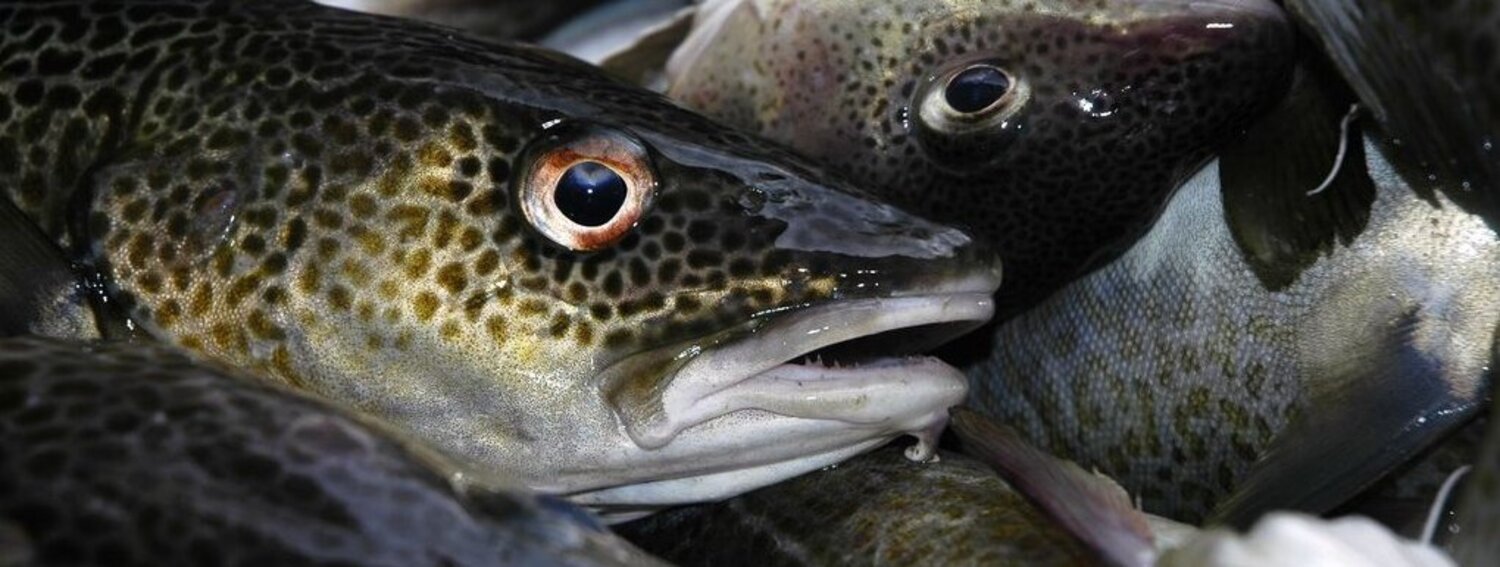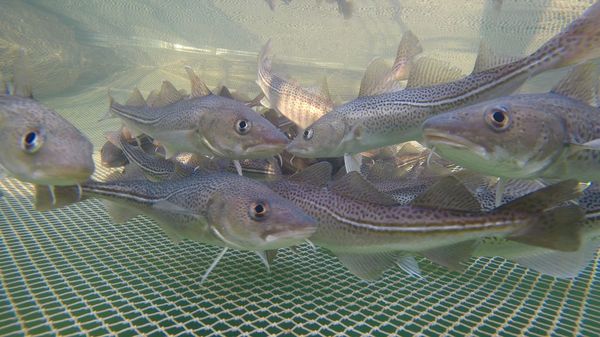Dispute
Can the Western Baltic Cod still be saved?
Christopher Zimmermann, Nadine Kraft | 17.06.2022
In a study, researchers from Hamburg, Kiel and Jena conclude that the cod of the western Baltic Sea has passed a tipping point due to overfishing and deteriorating environmental conditions. This would mean that the stock would no longer recover.
The cod stock in the Western Baltic Sea has collapsed and its chances of recovery are conceivably poor. This is the conclusion reached by Christian Möllmann and colleagues from the universities of Hamburg, Kiel and Leipzig in an article published in Scientific Reports in December, 2021. They used a new modeling approach from catastrophe theory and identified a so-called tipping point. The authors claim years of overfishing and climate change impacts as the cause of the poor state. Another reason, they say, is that the policy advice science in the International Council for the Exploration of the Sea (ICES) is unwilling or unable to incorporate changing environmental conditions into catch predictions.
Statements are not new
The study's main statements reveal nothing new. ICES called the Western Baltic cod stock collapsed back in 2016. After a brief recovery following a single strong year class, the stock size has been declining again since then, as recruitment remains weak. However, the Western Baltic cod is far from extinction, as some media reports postulate. There are still many millions of adults left that can ensure the continued existence of the stock.
The cause of the stock collapse has also long been known: For many years, the catch levels set deviated significantly from the ICES recommendations. The stock was overfished. How long it takes for such an overfished stock to recover is unknown. The analysis by Möllmann et al. does not provide any additional information on this either. However, the overfishing was not simply due to political unwillingness, but to an institutional conflict between the Council of Ministers and the European Parliament. This prevented an adaptation of the cod management plan for years. The European unification was considered more important than sustainable management of this specific stock.
Effects of environmental changes must be explainable
The accusation that the scientific council is only insufficiently taking into account the rapidly changing environmental conditions due to climate change is new. The observation as such is correct, yet the problem is not easy to fix. If changes and their effects on a stock status are to be predicted, it must first be clear what exactly is happening. This functional relationship between the environment and the cod population is not provided by Möllmann et al. either. Rather, they merely state that there is a correlation between sea surface temperature and stock status. However, this can have many causes. For the herring of the Western Baltic Sea, we have developed a conclusive hypothesis on the relationship between juvenile production and climate change after ten years of targeted research. For Western Baltic cod, there is no such hypothesis, let alone data to support it.
Reference points are adjusted
Wherever possible, ICES incorporates environmental data into stock assessments and forecasts. One example is the prediction of Baltic Sea sprat abundance, which is related to water temperature in certain areas.
Reference points, which are used to determine the optimal management of a stock by the fishery, are also continuously updated. This takes into account, for example, when a stock becomes less productive. Unfortunately, this only works retrospectively, i.e., with a time lag of years.
Möllmann et al. thus demand the impossible and distract attention from the real problem: overfishing. Politicians have now recognized the problem and have been implementing catch levels largely in line with scientific recommendations since 2016. Unfortunately, data that supposedly proves the opposite only show that the authors are not aware of the difference between the stock-specific advice and the area-specific total allowable catch. ICES provides advice for the Western Baltic cod stock in its entire distribution area. The total allowable catch (TAC) however is set for the Western Baltic management area. This includes a significant amount of Eastern Baltic cod. The area-specific TAC is therefore usually higher than the stock-specific ICES advice.
Although modeling is an interesting approach, the results are only as robust as the input data. Möllmann et al. used data from an outdated ICES stock assessment for the first period of consideration (1970-1985), which was critical for the analysis. At that time, eastern and western Baltic cod stocks could only be separated based on fishing areas. Since 2015, they can be kept apart also in the same area and thus much more accurately using genetic methods, among others. While this point is raised, it is considered unproblematic because significant mixing of eastern and Western Baltic cod stocks has only occurred in the recent past. This assumption is demonstrably false, and the information is publicly available from ICES.
The lax handling of such crucial input data raises doubts about how robust the modeling results really are and whether management aimed at stock recovery should be abandoned because of it.
Update, Mai 2022
In May 2022, two of the authors of the paper published a rebuttal to this article in the Journal of Fisheries. We are pleased that they addressed our main point of criticism - the use of an inappropriate time series - and repeated the calculations without it. However, they did not answer the key question of how environmental changes caused by climate change can be incorporated into a forecast when the mechanism behind is still unknown. The other points that are refuted in the article, however, were not the subject of our criticism at all. We are very much in agreement on most of the points.
Original study:
Möllmann C et al (2021) Tipping point realized in cod fishery. Sci Rep 11:14259 (published 07/12/2021)



![[Translate to English:] Logo des Bundesministerium für Ernährung und Landwirtschaft](/media/allgemein/logos/BMEL_Logo.svg)